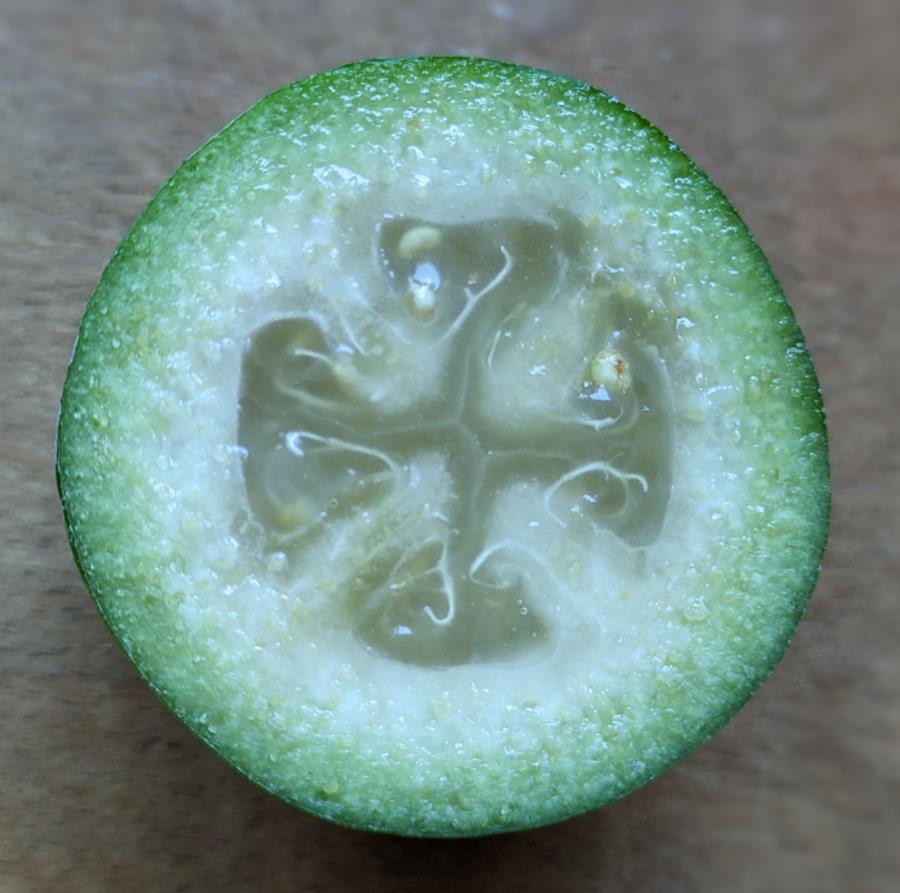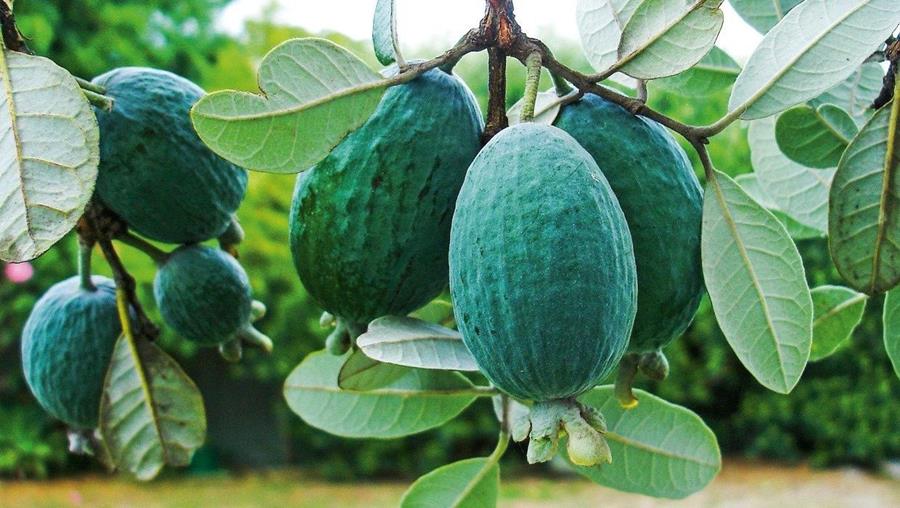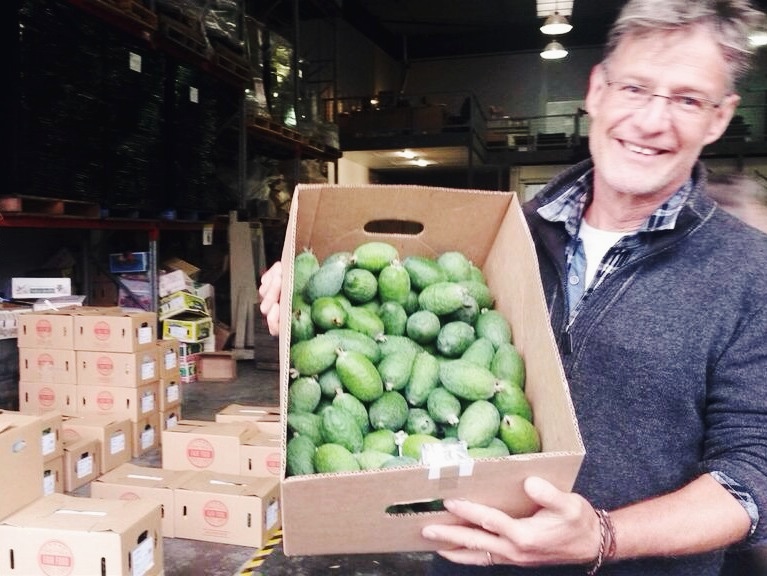
Feijoa-curious?
Yesterday, a friend dropped off a shopping bag of their excess feijoas. A frenzy of scooping teaspoons and pleasurable moans immediately ensued.
As of this afternoon only a few of the greeny-grey egg-shaped fruits are left in the fruit bowl and I am crafting an undesperate sounding message to ask if there might be any more spare?
Feijoas, for the uninitiated, are native to Brazil, a distant relative of the guava with a taste that’s been compared to pineapples, bananas, pears and raspberries but is really entirely its own thing. Feijoas have a jelly-like texture and a strangely satisfying grittiness that make them almost impossible to stop at one or two or five.
Going largely under the radar feijoas have had a kind of coming-of-age this year; there’s a new book examining feijoa history as well as articles in The New York Times and ABC News extolling their unique taste, versatility and special place in Kiwi backyard culture.
New Zealand’s special relationship with the feijoa kicked off around 1920 when Hayward Wright, the horticultural genius responsible for the commercial kiwifruit, imported feijoa seeds from the El Saff Botanic Garden in Cairo to his nursery in Auckland.
Cross pollinating the heaviest fruiting varieties Hayward Wright developed and popularised the Mammoth and Triumph cultivars, which Kiwis enthusiastically planted in backyards across the country and are still planting today.
The feijoa’s superpower was that it grew well on pretty much any soil, was frost tolerant, maintenance free and produced abundant fruit perfect for homemade jams and jellies – which of course were very popular back in the day.

Along with their hardiness feijoas have another superpower as social capital builders – their incredible abundance and short shelf life mean they’re a fruit we’re compelled to share.
Feijoas conveniently ripen just after the stone fruit and grape season and fall to the ground in a steady downpour until they make a green carpet below trees and hedges.
And so in New Zealand from late March to early May people drop their surplus feijoas over to neighbours, bring shopping bags-full to work or simply hang buckets at the front gates with a “please take some” note.
This is then reciprocated in a virtuous circle of feijoa jams, chutneys, cakes, muffins, ice cream and fermented drinks that flow back to tree owners.
Town planners and community development professionals looking to increase social connection in their cities would do well to look at giving their residents feijoa trees to plant and a book of related recipes.
So far the word on this year’s feijoa crop from CERES grower, Paul Haar, is positive. Paul reports that with a bit of extra watering through the dry March and April things at his Archies Creek farm are looking good.
If you’re feijoa-curious, a recent convert or a kiwi pining for a fix, you can find Paul’s feijoa’s here.
Have a great week
Chris
BTW CERES Fair Food is not delivering this Thursday on the ANZAC Day public holiday.
So, if you need groceries or are going away for a long weekend get an order in for this Wednesday.
Normal service resumes on Friday.


Why does my feijoa tree not fruit? It gets a lot of beautiful flowers on it. Do you need 2 trees? It is a very healthy looking tree about 5 years old.
Hmmm, it sounds likely that your feijoa is just maturing before starting to fruit but we would definitely recommend asking the experts at CERES Nursery! Aren’t the fruit beautiful, yes – and did you know the petals are edible too? Hope you get some fruit soon!